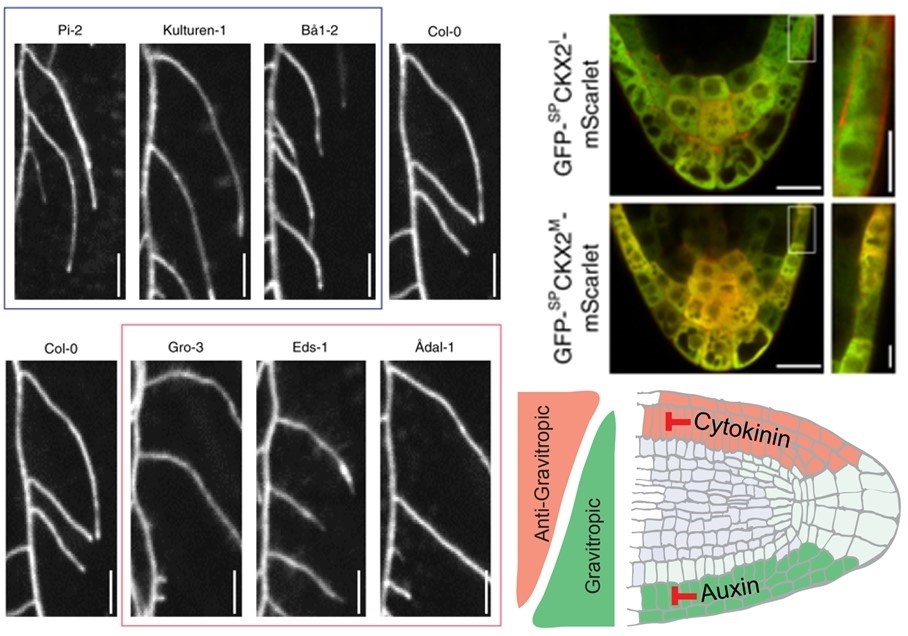
Cytokinin functions as an asymmetric and anti-gravitropic signal in lateral roots (Nature Comms)
Plant Science Research WeeklyLateral roots help plants to explore the soil and environmental conditions. Waidmann et al. took advantage of natural variants to understand lateral growth angle by analyzing gravitropic set point angle (GSA). Using Col-0 as a reference, lines that over- or under-respond (steeper or shallower root angle)…
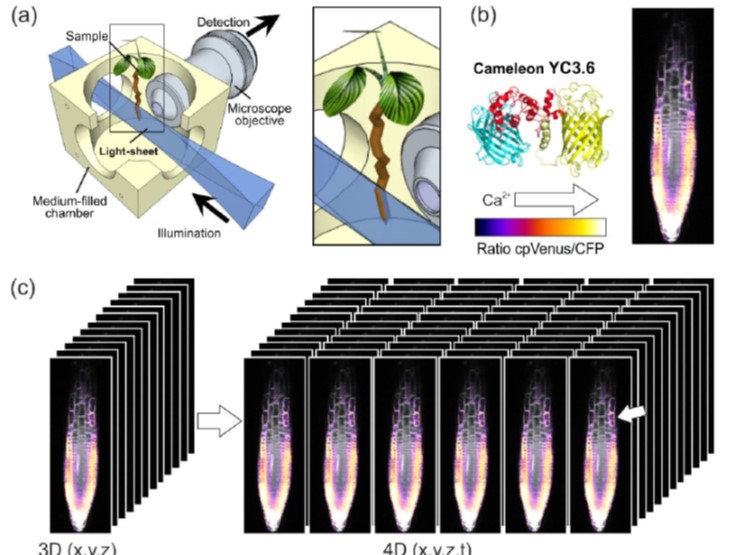
Review: Imaging technologies to uncover the role of Ca2+ signaling in plant nutrient homeostasis (Plant Cell Environ)
Plant Science Research WeeklyMaintaining nutrient homeostasis is ridiculously challenging, in large part due to the tremendous effects individual nutrients have on other nutrients’ uptake and action, as well as the interactions between nutrient homeostasis and environmental conditions. In order to maintain the “right” amount…

Review: Sulfated plant peptide hormones (J. Exp. Bot)
Plant Science Research WeeklyIt’s hard to believe that when I was a student we were taught that “plants don’t have peptide hormones”. Since then we’ve discovered many diverse families of plant peptide hormones (see the Teaching Tool on peptide hormones for an excellent overview). Here, Kaufmann and Sauter review one family,…

Plasma membrane-associated receptor like kinases relocalize to plasmodesmata in response to osmotic stress (Plant Phys)
Plant Science Research WeeklyPlasmodesmata are channels through the cell wall that allow molecules and substances to move back and forth as needed; they also play a central role in growth, development and defence of all higher plants. In this study, Grison et al. describe the rapid relocation to the plasmodesmata pores of two plasma…
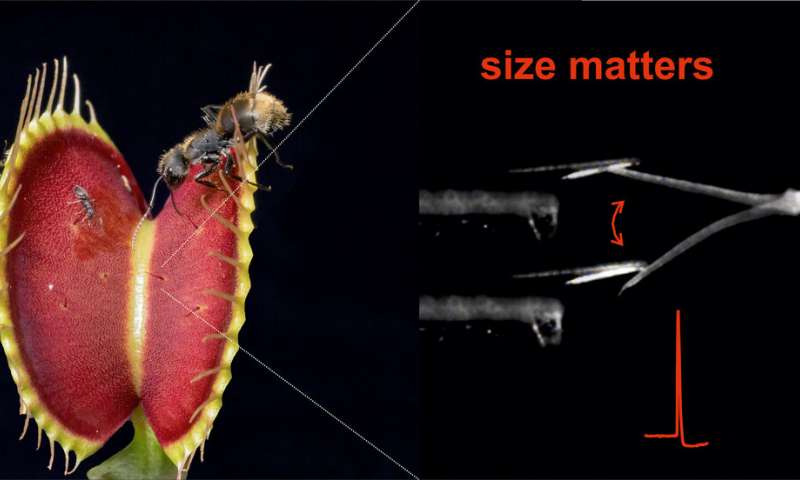
Forces required for Venus flytrap trigger hairs to detect small insect prey (Nature Plants) ($)
Plant Science Research WeeklyThe remarkable adaptations of Venus flytrap traps enable them to sense and respond to insects, snapping shut to capture and then digest the unfortunate meal. Previous studies showed that the sensors, trigger hairs on the inner surface of the leaves, need at least two touches to initiate trap closure.…

Opinion: Plants neither possess nor require consciousness (TIPS)
Plant Science Research WeeklyDon’t miss this opinion article by Taiz et al, which tries to close the door on the eternal question of how to describe and label the ability of plants to perceive and respond to their environment. Are plants intelligent? Can they learn? Do they have consciousness? The article draws on recent studies…

12 inquiry-based labs to explore the 12 principles of plant biology
BlogThe 12 Principles of Plant Biology are a framework to support understanding of the critical roles of plants to create, improve and sustain life.
These 12 inquiry-based activities were by Jane Ellis, Mary Williams, and Jeffrey Coker with support from the ASPB Education Foundation. They were developed…
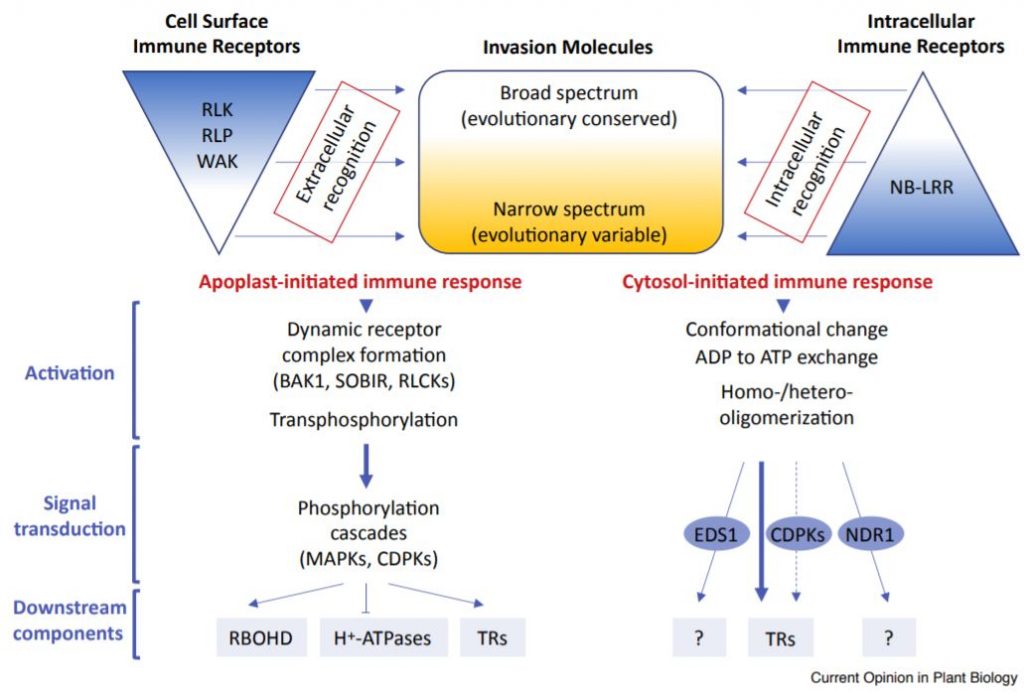
Review: Plant immunity, refining the model (Trends in Plant Sci and Curr Opin Plant Biol)
Plant Science Research WeeklyInteractions between plants and microorganisms occur in many different ways and on many different levels. Scientists have been attracted to this field of research because of the need to identify the agents causing infectious diseases in economically important crops. Models have been developed to describe…
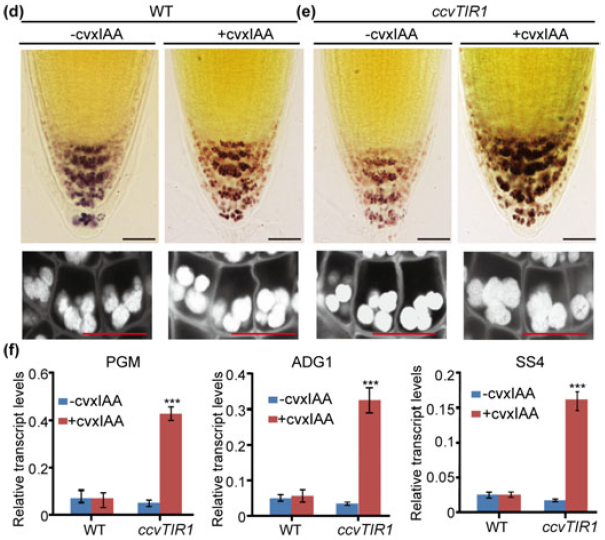
Auxin-mediated statolith production for root gravitropism (New Phytol)
Plant Science Research WeeklyPlants have evolved the ability to perceive and respond to gravity, one of the most persistent external cues. This response process, termed gravitropism, has been extensively studied for its importance in plant development and its potential to improve agronomic traits of crops. The gravitropic response…

